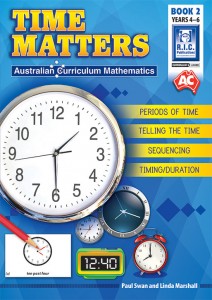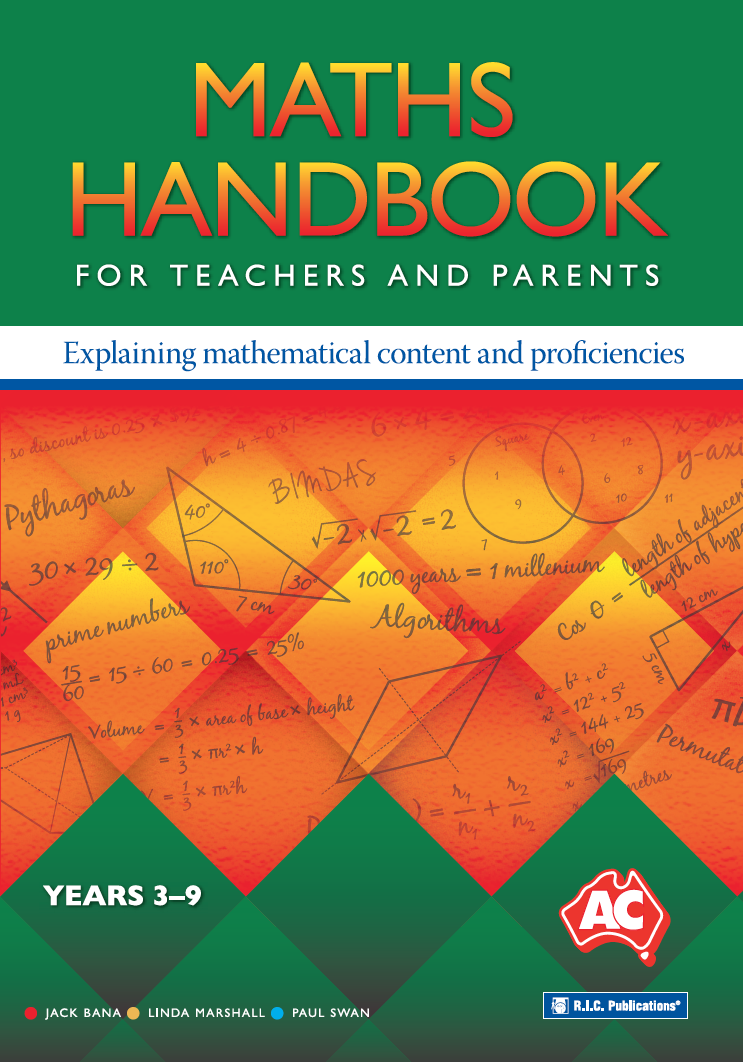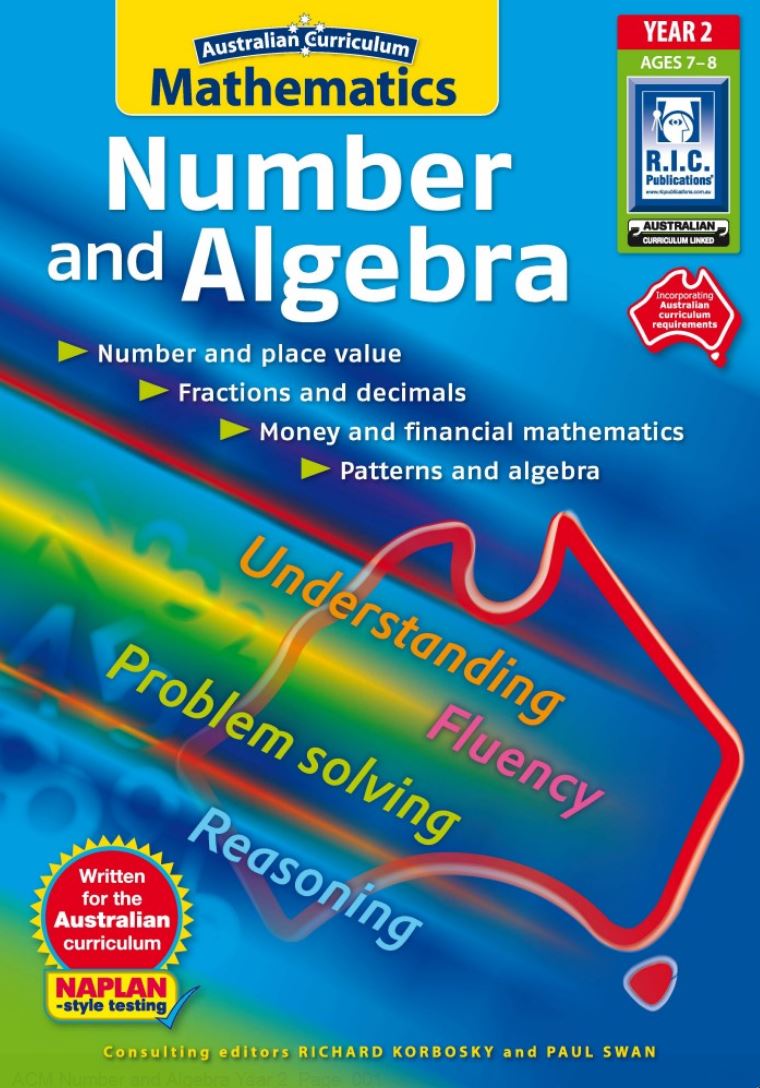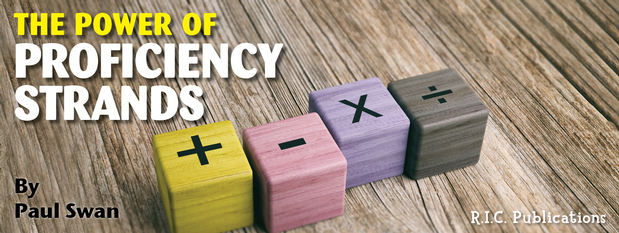- Tuesday 06 June 2017
- 0 Comments
by Paul Swan
The Australian Mathematics curriculum is made up of the content strands of Number and Algebra, Geometry and Measurement, and Statistics and Probability. The proficiency strands of Understanding, Fluency, Problem-solving and Reasoning are used in conjunction with the content strands to support teaching and differentiation.
Specific content is mentioned at specific year levels. For example, the foundation for learning basic multiplication facts (the tables) is laid in Year Two when children learn about arrays. Understanding that a
6 x 3 array may be rotated to depict a 3 x 6 array helps children learn the commutative property of multiplications. If teachers launch straight into fluency and drill 6 x 3, children often do not connect it with 3 x 6. This is one example where Understanding can assist in developing fluency. The Australian Curriculum actually says to learn multiplication and related division facts in Year 3 and 4. This means that basic multiplication facts will be linked to division. For example. if you learn 6 x 3 with Understanding, then you will also learn 3 x 6, 18 ÷ 3, 18 ÷ 6, and variations in the way these facts are said and written.
Later, in Year 6, children are expected to calculate a fraction of a whole number, and the basic multiplication and division facts are revisited. Consider the fact 6 x 3 = 18. A child taught with Understanding will soon make the link that 1/3 of 18 = 6 and 1/6 of 18 = 3.
A quick internet search for a game called Multo will provide teachers with a reverse bingo game that involves using Problem-solving and Reasoning while working with basic multiplication facts. Children have to create a 4 x 4 bingo board using the answers to table facts. Each answer may only be used once. Children often struggle to write down 16 separate answers to tables facts and often neglect answers such as 0. Later the children can be asked to create the best bingo board. The creation of an optimum board requires Reasoning.
Great Australian Curriculum resources written by Paul Swan for R.I.C. Publications.



